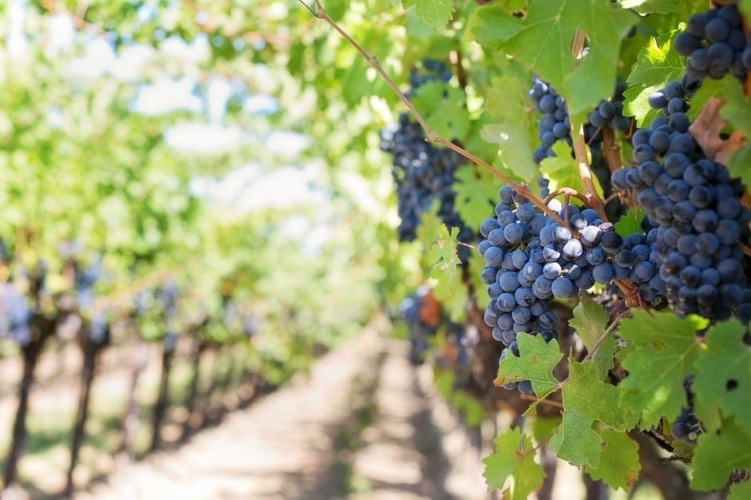
Biologist Lance Cadle-Davidson, an adjunct professor in the School of Integrative Plant Science (SIPS) at Cornell University and a research plant pathologist with the US Department of Agriculture’s Agricultural Research Service (USDA-ARS), is working to develop grape varieties that are more resistant to powdery mildew, which can show up in infrared before they are visible to the naked eye. His lab’s research is hindered by the need to manually assess thousands of grape leaf samples for evidence of infection.
Green machines: sowing the seeds of farming 4.0
Robots and AI combine for precision future farming platform
To overcome this bottleneck, Cadle-Davidson’s team developed prototypes of imaging robots that could automatically perform high-throughput phenotyping through the USDA-ARS funded VitisGen2 grape breeding project and in partnership with the Light and Health Research Center at Rensselaer Polytechnic Institute. This partnership led to the creation of the BlackBird robotic camera.
According to Cornell the BlackBird robot can gather information at a scale of 1.2 micrometres per pixel and for each 1cm leaf sample being examined, the robot provides 8,000 by 5,000 pixels of information.
Engineer and computer scientist Yu Jiang, an assistant research professor in SIPS’ Horticulture Section at Cornell AgriTech and his team used AI to extract useful information from such a large, high-resolution image.
Using advances in deep neural networks developed for computer vision, Jiang applied this knowledge to the analysis of microscopic images of grape leaves. In addition, Jiang and his team implemented the visualisation of the network inferential processes, which help biologists better understand the analysis process and build confidence with AI models.
Cadle-Davidson’s team tested and validated what the robots saw, which enabled Jiang’s team to teach them how to identify biological traits more effectively. Consequently, research experiments that took Cadle-Davison’s lab team six months to complete now take the BlackBird robots one day.
“It has revolutionised our science,” Cadle-Davidson said in a statement. “And we’re finding that Yu’s AI tools actually do a better job of explaining the genetics of these grapes than we can do sitting at a microscope for months at a time doing backbreaking work.”
In July the team was awarded a two-year, $150,000 grant from the Cornell Institute for Digital Agriculture Research Innovation Fund to begin upgrading the BlackBird robot to see beyond the red-green-blue colour spectrum and into infrared.
If the researchers can develop tools to help farmers detect disease early, it would enable them to target fungicide sprays before infection spreads. They’re also working to integrate AI more effectively with scientists in data analysis.
They were also awarded a $100,000 grant from the USDA-ARS to disseminate BlackBird to ARS field offices working on other crops that do the same kind of high-throughput phenotyping work.
“We hope to find collaborative labs who can join us in taking advantage of this tool,” Jiang said. “We see potential applications for this research in plant studies, animal fields or medical purposes.”




Nanogenerator consumes CO2 to generate electricity
Whoopee, they've solved how to keep a light on but not a lot else.